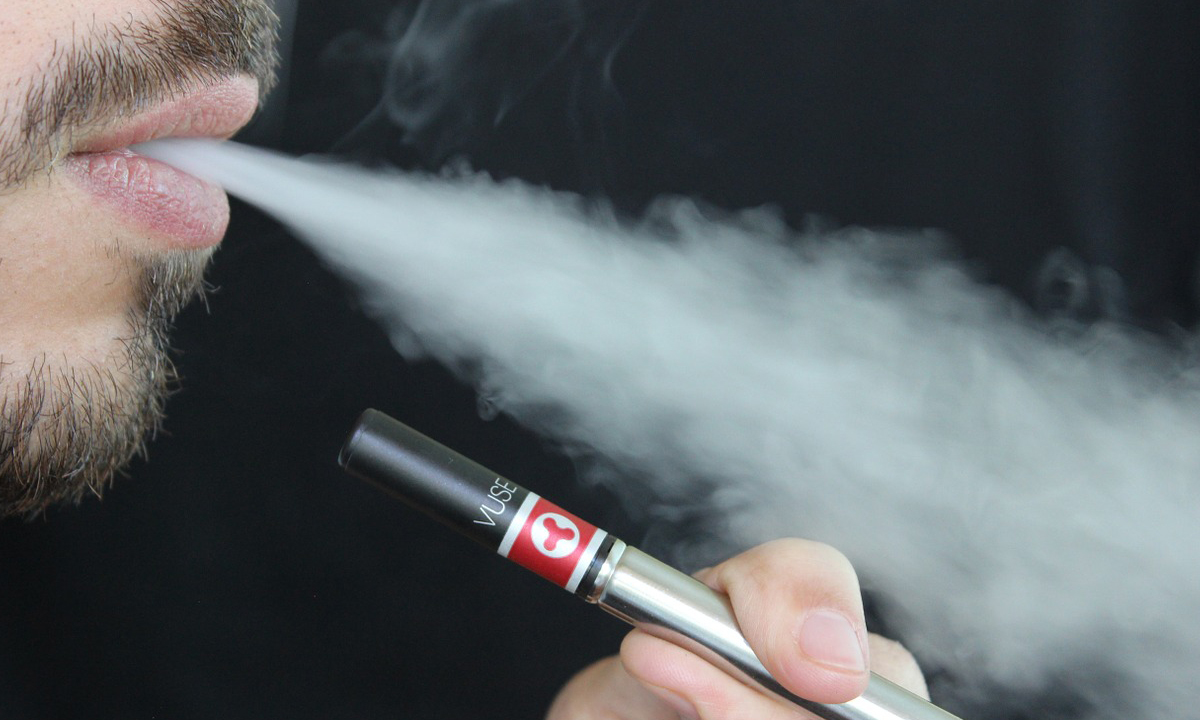While most people have known the dangers of vaping, the concern has seemed to catch national attention with the reported increase of lung collapse among young adults. In order to combat the health issue at a local level, San Diego County Supervisors Dianne Jacob and Nathan Fletcher have suggested a temporary ban on vaping devices and flavored tobacco products.
While the intention to protect the youth from potential respiratory illnesses is noble, is a ban really the most beneficial and effective way to address the issue?
In today’s world, vaping seems to have a negative connotation attached to it based on the recent alleged correlation with lung damage in young adults. Yet, that negative connotation may not be true for a certain subset of the population: former smokers trying to wean off tobacco cigarettes.
To many in this category, vaping serves as a segue to quit tobacco products completely. Likewise, vaping fulfill the cravings created by tobacco with significantly fewer health risks compared to traditional cigarettes. The American Cancer Society has even endorsed the benefits of vaping for former smokers since vaping does not burn tobacco—the main contributor to lung cancer and other respiratory illnesses.
Additionally, the data released with regard to vaping related cases is not entirely truthful. Most of the illnesses or deaths linked to vaping have been from contaminated vaping cartridges purchased from illegal establishments—not from legally licensed shops.
Nonetheless, the ban would serve as a momentous step backward in the fight to reduce respiratory diseases linked to smoking in teens and adults. By eliminating all access to vaping devices, it would cause active smokers to turn to tobacco products since it would be the only form available. Furthermore, instead of a decrease in respiratory diseases, the ban would actually induce more lung-related diseases since users would be inhaling tobacco and its associated carcinogens instead of less harmful nicotine-laced vapor.
One can certainly argue that there should be some regulations on vaping to inhibit the accessibility to teens and young adults. However, a complete ban, such as the one proposed for San Diego, would be incredibly dangerous and counterproductive. Instead, San Diego should work towards creating a resolution that protects the younger generation and eliminates the use of tobacco products, which would reduce the number of lung-related diseases linked to smoking.
The potential ban is scheduled for a public hearing on October 15 and—if passed—would initially affect the unincorporated parts of San Diego, equating to about 500,000 citizens.




